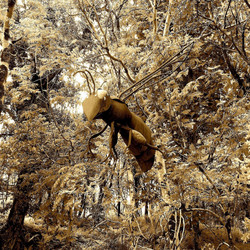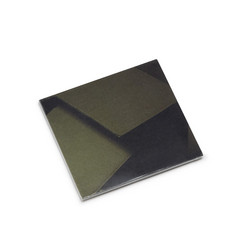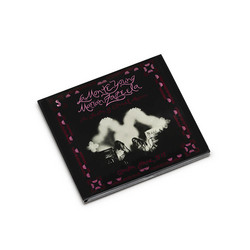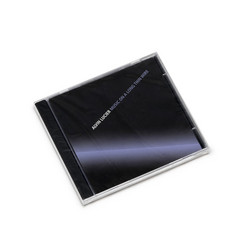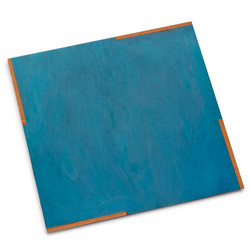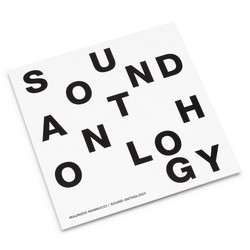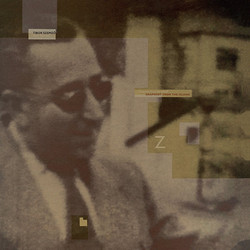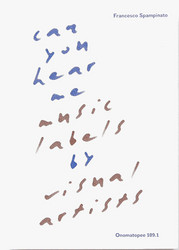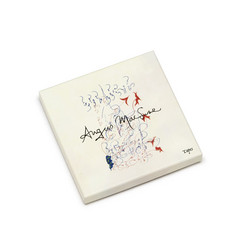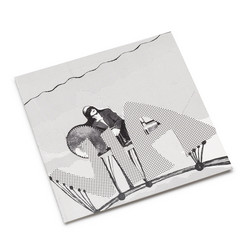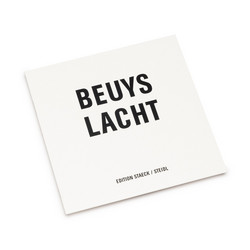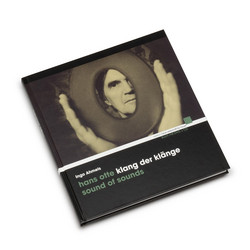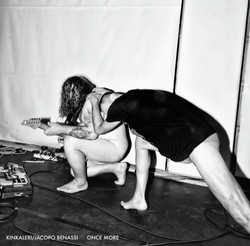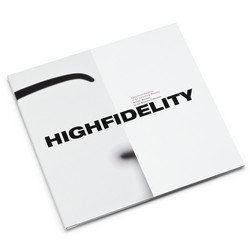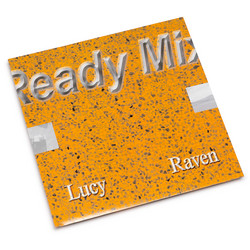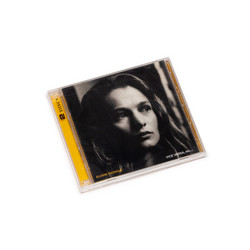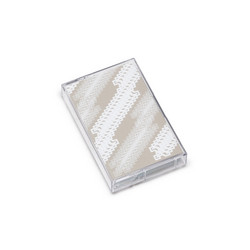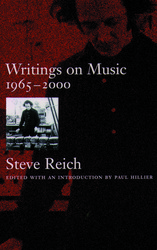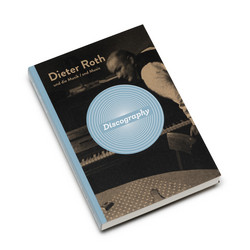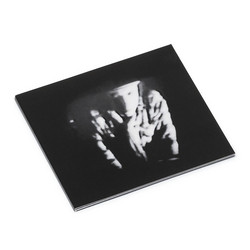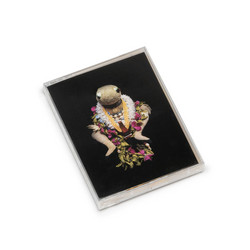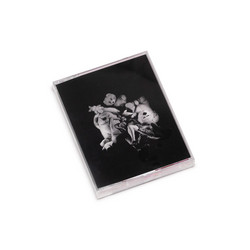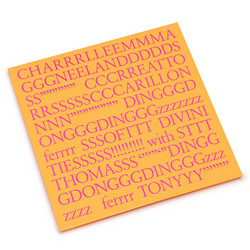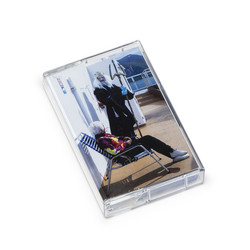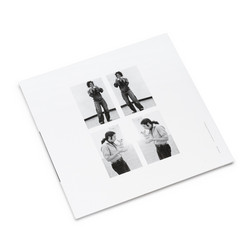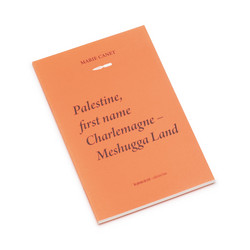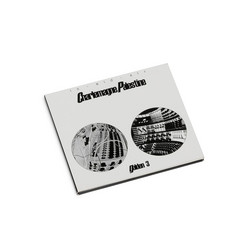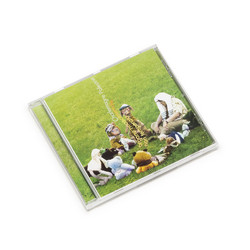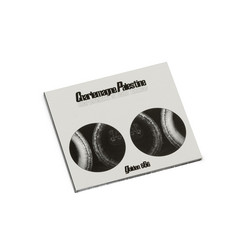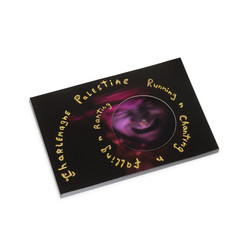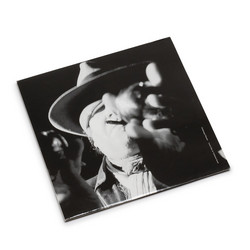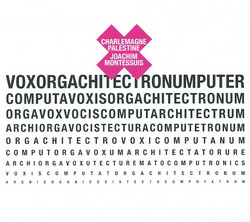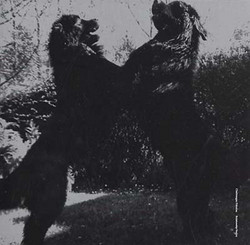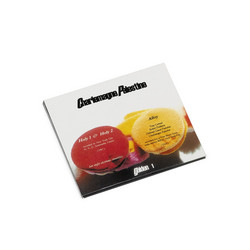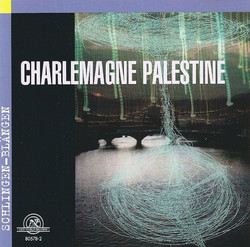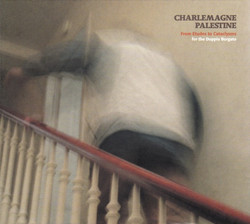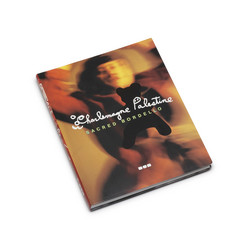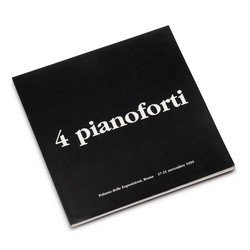Charlemagne Palestine
Four Manifestations On Six Elements (2LP)
** condition: M/M ** Superb copy of the highly sought-after first edition of Palestine's unrivalled first album released as a numbered (this is nr. 98) and signed art edition by Sonnabed Gallery in New York. Plain gatefold sleeve with wrap-around paper with reproduction of the original score (here unattached to the sleeve). Of the 2000 copies made actually only a very few have been made available.
"In 1973 Charlemagne Palestine was commissioned to make Four Manifestations on Six Elements by the Sonnabend Gallery in New York. As the gallery was well-known for its presentation of conceptual art, Palestine decided to create a record similar to an exhibition space with four walls to expose on, each wall corresponding to a side on a double LP record. "Two Perfect Fifths, A Major Third Apart, Reinforced Twice" (1973) is an electronic piece that deals with the search for the essence of timbre, sound color, through exploration of the inert chemical activity in the overtone series of tone fundamentals. In this genre of his work Palestine feels akin to a kind of sound alchemy -- blending elements over and over again through the years searching for the Golden Sound - the essence of the chord or harmonic structure itself. In "One + Two + Three Perfect Fifths, In The Rhythm 3 Against 2, for Piano" (1973) the elements introduced are now elaborated upon on the piano. The resonant Bosendorfer allows Palestine to create a more lively and complex variation of tones, intervals, overtones and rhythms. "One Fifth" evolves by reinforcing the fundamentals of a fifth with their higher octave. Each performance of this work is different as Palestine reinterprets these simple elements listening within them for variations of amplitude, mixture and inertia at the moment of the performance. "One + Two Fifths" deals with the way a rhythmic sonority sounds when the sustain pedal of the piano in not used, thus focusing on its rhythmic aspect. Gradually by adding the sustain pedal the external rhythmic pattern begins to internalize becoming an inert part of the whole timbral fabric -- a piece expressing the battle of rhythm versus timbre for dominance. In "One + Two + Three" a third fifth is added -- variations of melody and sonority reinforcements culminating in a rhythmic deceleration process ending the work. "Sliding Fifths for Piano" (1972) is an impressionistic version of the three fifths used in the entire work. The continuous liquid waterfall of pure romantic piano sound and color is an homage to Debussy, Ravel and Monet. "Three Perfect Fifths, A Major Second Apart, Reinforced Twice" (1973) is the continuation of wall one. A pure and sonorous phenomenon."

